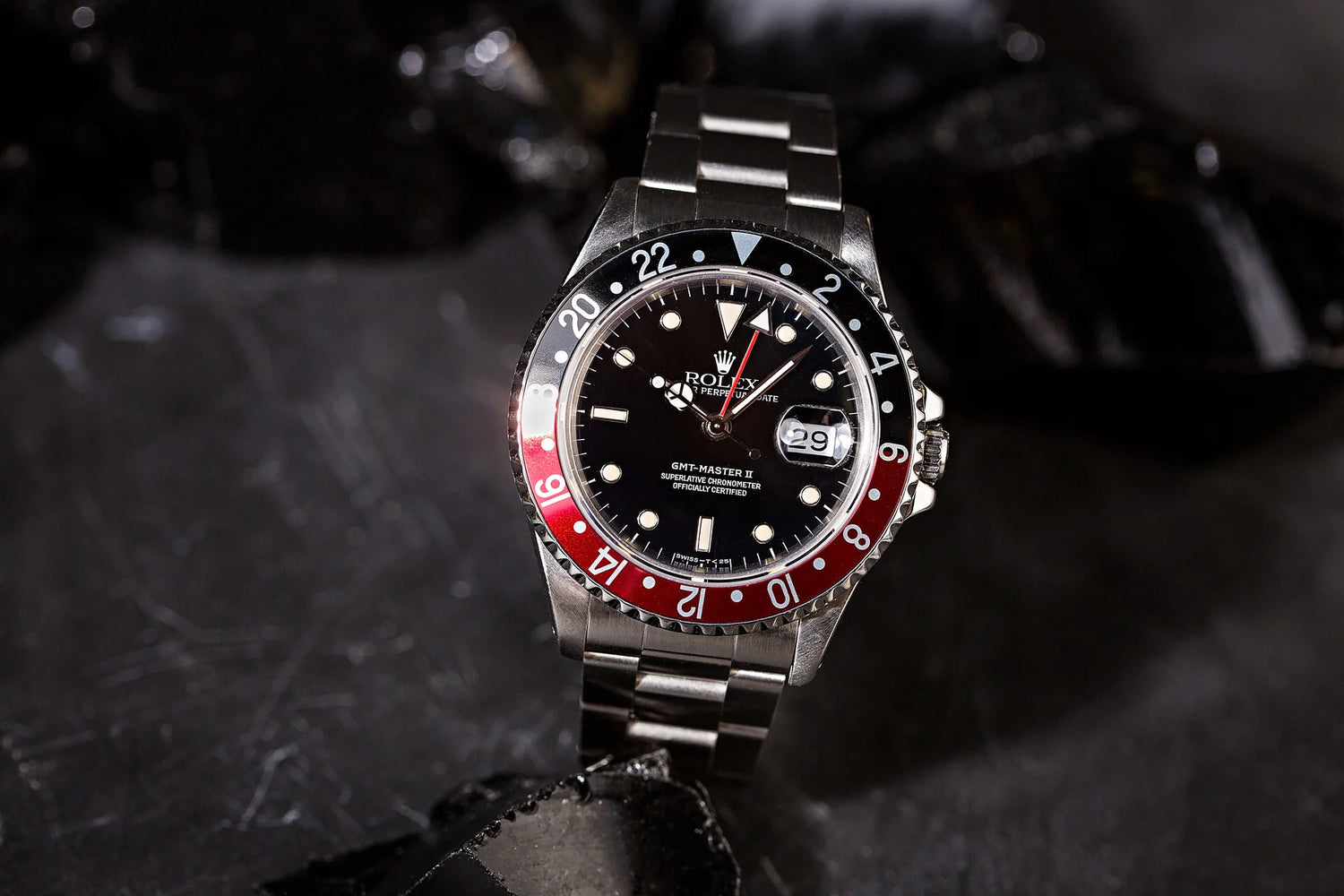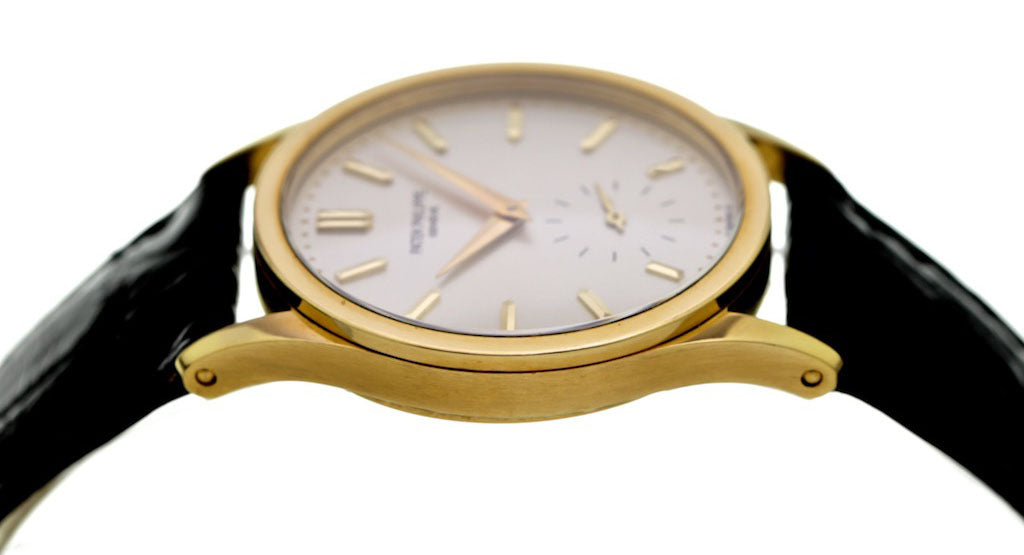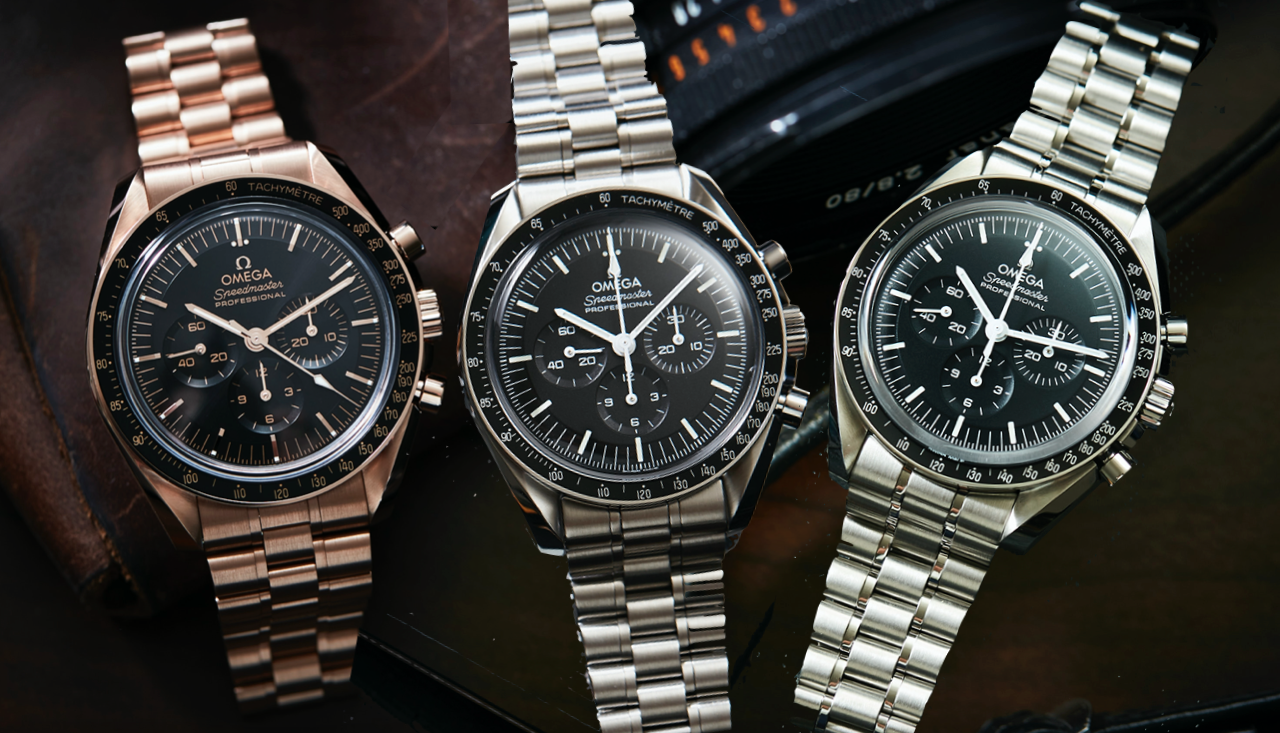Timekeeping has evolved from sundials to mechanical marvels. These remarkable instruments go beyond the typical realm of timekeeping, allowing you to measure elapsed time with unparalleled accuracy. Among these timekeeping wonders is the chronograph watch, a masterpiece of precision and engineering.
The Anatomy of a Chronograph Watch
Before we dive into the specifics, it's crucial to comprehend the basic assembly of a chronograph watch. Unlike its simpler counterparts, a chronograph watch has a supplementary set of roles that make it a versatile tool for gauging elapsed time.
At its core, a chronograph watch comprises of the following key components:
Main Watch Movement: This is the core of the watch, in charge for telling time accurately. It beats tirelessly, maintaining the watch's primary function.
Chronograph Movement: Nestled within the main movement is the chronograph movement. It operates independently, allowing you to start, stop, and reset the chronograph function.
The Chronograph Watch: A Glimpse into Technical Brilliance
At first glimpse, a chronograph watch may appear the same from an ordinary wristwatch, but beneath its elegant exterior lies a sophisticated mechanism designed for precision timing. A chronograph is principally a stopwatch unified into a wristwatch. Its prime function is to measure elapsed time with pinpoint precision. How does it achieve this? Let's take a closer look.
A Symphony of Gears and Springs
Inside a chronograph watch, an opus of gears and springs orchestrates its intricate dance. At its heart is a second wheel, often signified by the sweeping seconds hand on the watch face. This wheel continuously rotates but remains stationary until called upon.
The Start, Stop, and Reset Functions
When you press the chronograph's pusher, the second wheel springs to life, marking the launch of your timed event. Press it again, and the watch records the finishing time. Finally, a third press halts the chronograph's movement, capturing the elapsed time down to fractions of a second.
Subdials: Tiny Windows to Precision
Most chronograph watches feature subdials, smaller dials within the main watch face, which display the measured time. Common subdials include a 30-minute counter and a 12-hour counter, allowing for more extended timing intervals.
Tachymeter and Telemeter Scales
Chronograph watches often sport tachymeter and telemeter scales on their bezels or dials. These scales provide additional functionality, permitting you to calculate speed and distance based on the elapsed time or measure the distance of a remote object, respectively.
Chronograph Styles
Chronograph watches come in various styles to cater to different tastes and preferences:
1. Aviation Chronographs:
Inspired by aviation instruments, these watches often feature large, easy-to-read dials and additional aviation-related functions.
2. Diver's Chronographs:
Envisioned for underwater exploration, these chronographs are built to withstand the rigors of deep-sea diving. They often incorporate features like water resistance and luminous markers.
3. Racing Chronographs:
With bold designs and vibrant colors, racing chronographs pay homage to motorsports. They may include features like tachymeter scales for calculating speed.
Movement Matters: Types of Chronograph Movements
Chronograph watches can be powered by various movement types, with the two primary options being quartz and mechanical movements.
Quartz Chronographs: These watches use a battery to power a quartz crystal oscillator. They are known for their precision and affordability, making them accessible to a wide range of consumers.
Mechanical Chronographs: Mechanical chronographs are the quintessence of horological artistry. They use intricate gear systems and springs to measure time. While more complex and expensive, they are revered by watch connoisseurs for their craftsmanship.
Types of Chronograph Watches
Traditional Chronograph:
These chronographs possess classic design with two pushers for starting, stopping, and resetting timing functions. They typically feature multiple subdials for seconds, minutes, and hours.
Single-Pusher Chronograph:
It is a simplified design with a single pusher for starting, stopping, and resetting the timer. These timepieces offer a streamlined and user-friendly experience.
Flyback Chronograph:
Designed for quick and continuous timing. Single pusher allows for immediate start, stop, reset, and restart of timing functions.
Split-Seconds Chronograph (Rattrapante):
It features two independent seconds hands for measuring two simultaneous events. This watch is ideal for precise timing of multiple occurrences, such as sports events or scientific experiments.




